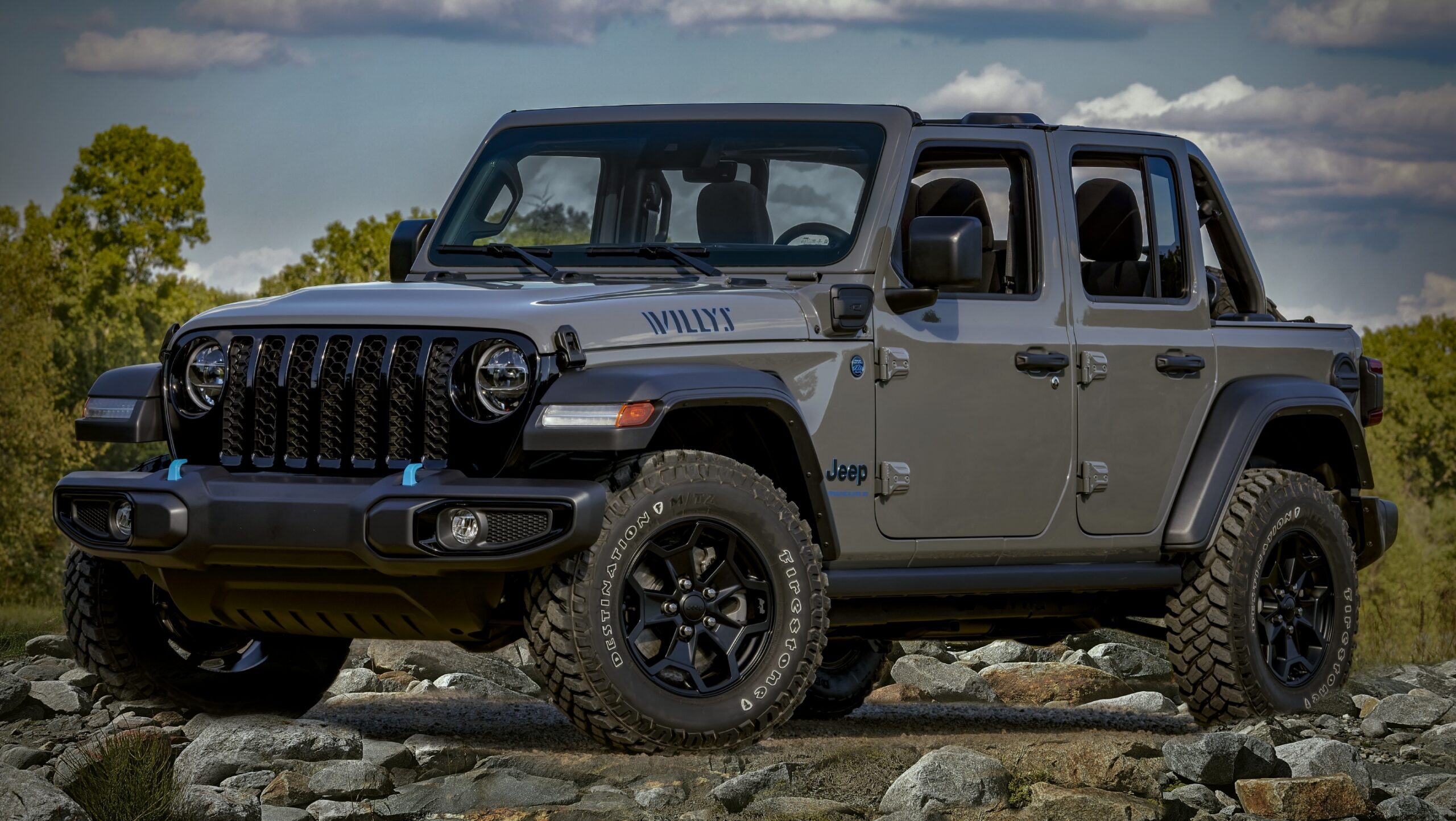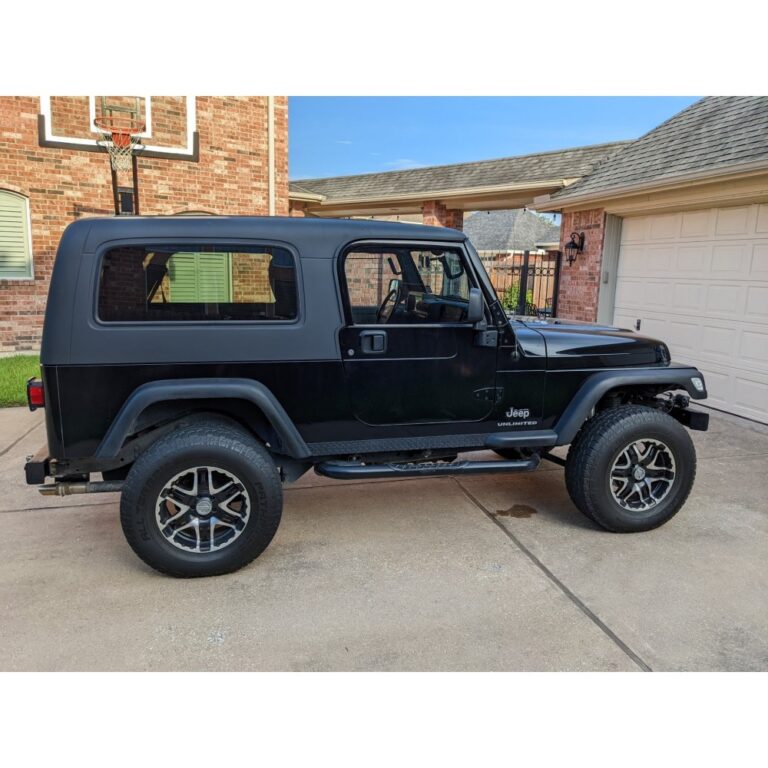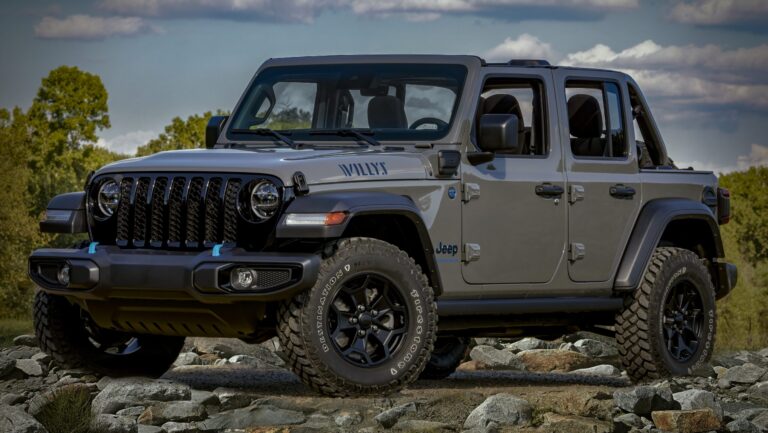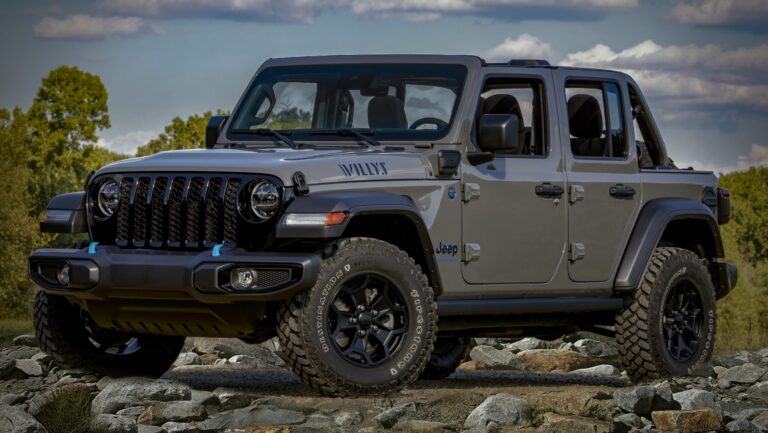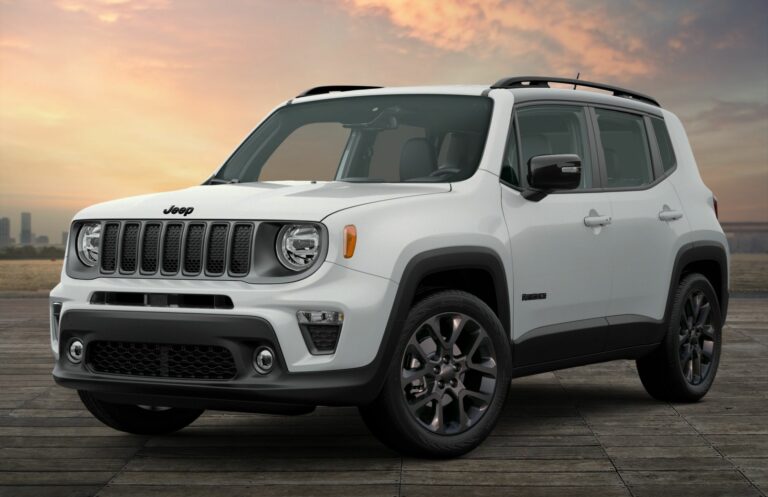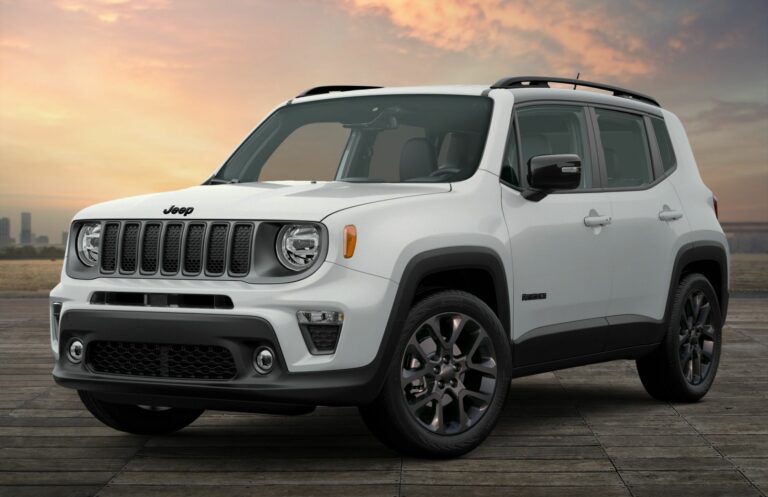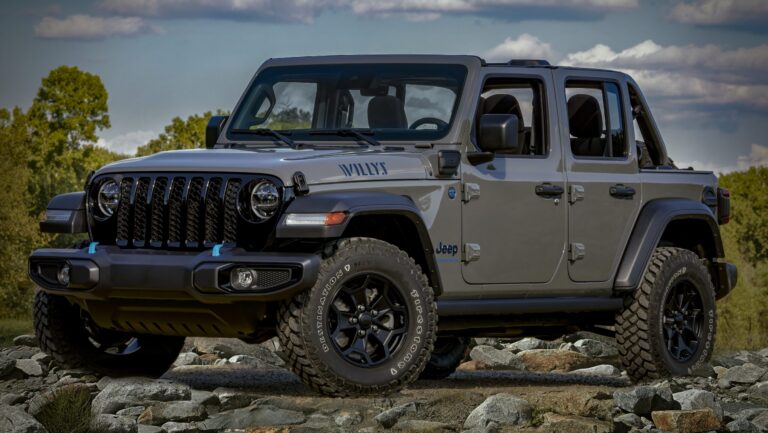Jeep Snorkels For Sale: Your Ultimate Guide to Protecting Your Engine and Conquering the Trails
Jeep Snorkels For Sale: Your Ultimate Guide to Protecting Your Engine and Conquering the Trails jeeps.truckstrend.com
For any serious off-road enthusiast, the thought of submerging their beloved Jeep in water can be both exhilarating and terrifying. While Jeeps are built for adventure, their engines are not designed to breathe water. This is where a vital piece of off-road equipment comes into play: the Jeep snorkel. Far more than just an aesthetic upgrade, a snorkel is a crucial component that relocates your engine’s air intake from a vulnerable position under the hood to a higher, safer point, typically at roof level or along the A-pillar. If you’re looking to push the boundaries of your off-road adventures, traverse deeper water crossings, or simply protect your engine from dust and debris, then exploring "Jeep snorkels for sale" is your first logical step. This comprehensive guide will delve into everything you need to know about these essential accessories, helping you make an informed decision for your next expedition.
What Exactly is a Jeep Snorkel? A Deep Dive into Its Function
Jeep Snorkels For Sale: Your Ultimate Guide to Protecting Your Engine and Conquering the Trails
At its core, a Jeep snorkel is a modified air intake system. Factory air intakes are usually located low in the engine bay, making them susceptible to ingesting water during water crossings or significant dust in arid conditions. A snorkel reroutes this intake. It consists of several key components:
- The Ram Head (or Air Ram): This is the visible, often mushroom-shaped or forward-facing cap at the very top of the snorkel. Its design is crucial for directing air into the system while helping to expel water and larger debris. Some designs even incorporate a pre-filter.
- The Intake Pipe: A robust, sealed pipe that extends from the ram head down the side of the windshield or fender, connecting to the existing airbox. These pipes are typically made from durable LLDPE (Linear Low-Density Polyethylene) or, less commonly, metal.
- Connecting Hoses and Adapters: These pieces ensure a watertight seal between the snorkel pipe and your Jeep’s factory airbox, preventing any water from entering the critical intake system.
- Mounting Hardware: Brackets and clamps secure the snorkel firmly to your Jeep’s body, ensuring it can withstand the rigors of off-road driving.
The primary function of a snorkel is to prevent hydrostatic lock. This catastrophic engine failure occurs when water enters the combustion chamber through the air intake. Since water is incompressible, the piston attempts to compress it, often bending or breaking connecting rods, crankshafts, or even cracking the engine block. By raising the air intake above the expected water level, a snorkel effectively eliminates this risk, allowing your Jeep to safely ford rivers, streams, and flooded trails.

Why Do You Need a Jeep Snorkel? The Core Benefits
The decision to invest in a Jeep snorkel is driven by several compelling benefits that extend beyond simply preventing hydrostatic lock:
- Unparalleled Water Fording Capability: This is the most obvious and primary reason. With a properly installed and sealed snorkel, you can confidently navigate water crossings that would otherwise be impassable, opening up a world of new trails and adventures.
- Engine Protection from Dust and Debris: Even if deep water crossings aren’t your primary concern, a snorkel offers significant advantages in dusty environments like deserts, dry trails, or construction sites. By drawing air from a higher point, it reduces the amount of dust, sand, and fine particles entering your air filter and, subsequently, your engine. This prolongs air filter life and significantly reduces wear and tear on internal engine components.
- Improved Air Quality and Engine Longevity: Cleaner air means a healthier engine. Less abrasive material entering the intake system translates to reduced carbon buildup, less wear on pistons and cylinder walls, and ultimately, a longer lifespan for your engine.
- Enhanced Aesthetics and Rugged Appeal: Let’s be honest, a snorkel just looks cool on a Jeep. It instantly signals that your vehicle is built for serious off-road adventures, adding a distinctive, rugged, and expedition-ready appearance.
- Potential for Cooler Air Intake (Debatable): While not the primary benefit, some argue that drawing air from a higher point can lead to slightly cooler, denser air reaching the engine, potentially offering a marginal improvement in performance. However, this effect is often negligible compared to the other benefits.

Types of Jeep Snorkels Available
![]()
When you start looking for "Jeep snorkels for sale," you’ll encounter a variety of designs and materials. Understanding these can help you choose the right one for your needs:
-
Traditional Raised Snorkels: These are the most common and recognizable type, typically running up the A-pillar or fender. They offer the highest air intake point and are highly effective for deep water crossings. Examples include Safari Snorkels and ARB.
-
Low-Profile/Cowl Snorkels: Less visible and more integrated into the vehicle’s bodywork, these snorkels often draw air from the cowl area near the windshield wipers. While they offer some water protection, their intake point is lower than traditional snorkels, making them less suitable for extremely deep water. They are popular for those who prefer a less aggressive look.
-
Modular Systems: Some manufacturers offer modular snorkel kits that allow you to swap out different ram heads or adjust components, offering more versatility.
-
Material:
- LLDPE (Linear Low-Density Polyethylene): This is the most common and highly recommended material. LLDPE is incredibly durable, UV-resistant, impact-resistant, and flexible, making it ideal for the harsh off-road environment. It’s also resistant to cracking from temperature extremes.
- Metal (Steel/Aluminum): While less common for the main pipe, some custom or heavy-duty snorkels might incorporate metal components. Metal can be strong but is susceptible to corrosion, dents, and can transmit more engine heat.
-
Vehicle-Specific vs. Universal: Most reputable snorkel manufacturers offer vehicle-specific kits tailored to precise Jeep models (e.g., JK, JL, TJ, XJ). These kits ensure proper fitment, alignment, and connection to the factory airbox. Universal kits exist but often require significant modification and fabrication to fit correctly and seal effectively, which can compromise their functionality.
Key Considerations When Buying a Jeep Snorkel
Purchasing a snorkel isn’t just about finding the cheapest "Jeep snorkels for sale." Several factors should influence your decision:
- Vehicle Compatibility: This is paramount. Ensure the snorkel is specifically designed for your Jeep’s year, model, and engine type. A snorkel designed for a JK Wrangler will not fit a JL, and vice-versa, without significant, often detrimental, modifications.
- Installation Complexity: Be aware that installing a snorkel typically involves cutting holes in your Jeep’s fender and/or cowl. This is a permanent modification. If you’re not comfortable with power tools and precise measurements, professional installation is highly recommended.
- Material Quality and Durability: As mentioned, LLDPE is generally superior. Look for thick-walled, UV-stabilized materials that can withstand impacts from branches and extreme weather.
- Airflow Efficiency: A well-designed snorkel should not restrict airflow to your engine. Reputable brands engineer their snorkels to maintain optimal air intake volume.
- Water Sealing: The entire system, from the ram head to the airbox connection, must be absolutely watertight. Check reviews and product descriptions for assurances of superior sealing.
- Aesthetics vs. Functionality: Decide if you prioritize the highest possible water-fording capability (traditional snorkel) or a more subdued look (low-profile).
- Brand Reputation and Reviews: Stick with established brands known for quality and reliability in the off-road community. Read user reviews to gauge real-world performance and installation experiences.
Installation Guide (Simplified Overview)
While this is not a step-by-step tutorial, understanding the general process of installing a Jeep snorkel can help you decide if it’s a DIY project or one for a professional:
- Preparation: Gather all tools (drill, hole saw, cutting tools, wrenches, sealants), read the instructions thoroughly, and verify all parts are present.
- Marking and Template Use: Most kits come with a template. This is crucial for accurately marking the cutting points on your fender and potentially the cowl. Measure twice, cut once!
- Cutting: Using a hole saw and other appropriate cutting tools, carefully make the necessary openings in your Jeep’s body panels. This is often the most daunting step.
- Connecting to Airbox: Remove your factory air intake components and connect the snorkel’s lower pipe to your airbox, ensuring a tight, sealed connection.
- Mounting the Snorkel Body: Secure the main snorkel pipe to the fender and A-pillar using the provided brackets and hardware.
- Sealing: Apply silicone sealant to all connection points, especially where the snorkel passes through the body, to ensure a watertight seal. This is critical for the snorkel’s effectiveness.
- Final Checks: Double-check all connections, ensure the snorkel is securely mounted, and perform a leak test (if possible, with a garden hose, but be careful not to flood the engine).
Important Note: If you are not confident in your mechanical skills or working with power tools on your vehicle, it is always best to have a professional off-road shop install your snorkel. The cost of professional installation is far less than the potential damage from an improperly installed or leaking snorkel.
Maintenance and Care for Your Jeep Snorkel
Once installed, a snorkel requires minimal but important maintenance:
- Regular Visual Inspections: Periodically check the snorkel body for any cracks, loose mounting hardware, or signs of wear.
- Ram Head Cleaning: Keep the ram head clear of debris. Some designs allow for easy removal and cleaning.
- Seal Checks: After significant water crossings, inspect all sealed connections for any signs of leakage or compromise. Reapply sealant if necessary.
- Air Filter Monitoring: Even with a snorkel, your air filter will still eventually get dirty. Check it regularly and replace it as per your vehicle’s maintenance schedule or more frequently if you often drive in very dusty conditions.
Beyond the Snorkel: Complementary Mods for Water Fording
While a snorkel protects your engine’s air intake, it’s only one piece of the puzzle for serious water fording. To truly make your Jeep water-ready, consider these complementary modifications:
- Extended Differential Breathers: Your axles, transmission, and transfer case have breather tubes that allow air to enter and exit as temperatures change. These factory breathers are often low and can suck in water when submerged, contaminating the fluids. Extending these breathers to a higher point (e.g., under the hood) is crucial.
- Waterproofing Electrical Components: While modern Jeeps have improved electrical sealing, sensitive components like alternators, starter motors, and various sensors can still be vulnerable. Applying dielectric grease to electrical connections and ensuring wire harnesses are secure can help.
- Drain Plugs: Ensure your Jeep’s floor drain plugs are properly sealed or remove them before deep crossings to allow water to drain out of the cabin.
Where to Find Jeep Snorkels For Sale
The market for Jeep snorkels is robust, with numerous options available. Here are common places to look:
- Online Off-Road Retailers: Websites like Quadratec, Extreme Terrain, Northridge4x4, Morris 4×4 Center, and 4 Wheel Parts offer extensive selections of snorkels for various Jeep models from top brands.
- Manufacturer Websites: Brands like Safari Snorkel (ARB), Smittybilt, Rugged Ridge, and Airflow often sell directly or provide dealer locators.
- Local Off-Road Shops: Supporting local businesses can offer personalized advice, installation services, and the ability to see products in person.
- Used Markets (with Caution): Websites like eBay, Craigslist, or Facebook Marketplace can have used snorkels. However, exercise caution. Inspect thoroughly for cracks, damage, or missing parts, as a compromised snorkel is useless.
Price Table: Popular Jeep Snorkels For Sale
| Jeep Model(s) | Brand/Type | Material | Approx. Price Range ($) | Notes |
|---|---|---|---|---|
| JK (2007-2018) | Safari Snorkel (ARB) | LLDPE | 450 – 650 | Premium, highly durable, vehicle-specific. |
| JK (2007-2018) | Smittybilt XRC | LLDPE | 250 – 400 | Popular, good value, often includes a pre-filter option. |
| JL (2018+) | Safari Snorkel (ARB) | LLDPE | 500 – 700 | Tailored fit for the latest Wrangler generation. |
| JL (2018+) | Rugged Ridge Amfib (Cowl) | LLDPE | 300 – 450 | Low-profile cowl design, less intrusive aesthetic. |
| TJ (1997-2006) | Rugged Ridge | LLDPE | 200 – 350 | Classic design for older Wranglers. |
| XJ Cherokee (84-01) | Airflow Snorkel | LLDPE | 300 – 500 | Specific fit for the beloved XJ platform. |
| Universal Kits | Various (e.g., "Generic") | LLDPE/Metal | 100 – 300 | Requires significant modification and fabrication for proper seal. |
Note: Prices are approximate and can vary based on retailer, sales, and specific features. Always verify compatibility with your exact Jeep model and year.
Frequently Asked Questions (FAQ) about Jeep Snorkels
Q: Is a snorkel really necessary for light water crossings?
A: For very shallow water (below the top of your tires), a snorkel isn’t strictly necessary. However, water levels can be unpredictable. A snorkel provides peace of mind and protection against unexpected depths or splashes that could lead to hydrostatic lock.
Q: Does installing a snorkel void my Jeep’s warranty?
A: Any aftermarket modification can potentially affect your warranty, especially if a problem arises that can be directly attributed to the modification. Check with your dealership regarding their specific policy. Generally, if the snorkel itself doesn’t cause an issue, it might not void the entire warranty, but an engine failure due to water ingestion without a properly installed snorkel (or with a faulty one) would likely not be covered.
Q: Can I install a snorkel myself, or should I get professional help?
A: DIY installation is possible for those with good mechanical skills and the right tools. However, it involves permanent modifications like cutting into your Jeep’s body panels and ensuring absolute watertight seals. If you’re unsure or lack experience, professional installation is highly recommended to avoid costly mistakes and ensure proper functionality.
Q: Do snorkels affect fuel economy or horsepower?
A: Negligibly, if at all. A well-designed snorkel will not significantly restrict airflow. Any minor aerodynamic drag is usually imperceptible. Snorkels are not performance-enhancing modifications in terms of horsepower.
Q: What’s the best material for a Jeep snorkel?
A: LLDPE (Linear Low-Density Polyethylene) is widely considered the best material due to its exceptional durability, UV resistance, flexibility, and ability to withstand impacts and extreme temperatures without cracking.
Q: Do I need to seal anything else after installing a snorkel to truly water-ford?
A: Yes! A snorkel only addresses the air intake. For serious water fording, you must also extend your differential breathers (axles, transmission, transfer case) to a high point to prevent water contamination of fluids. Additionally, consider waterproofing critical electrical connections with dielectric grease.
Conclusion: Expand Your Horizons with a Jeep Snorkel
Investing in a high-quality Jeep snorkel is more than just buying an accessory; it’s investing in the longevity of your engine and the expansion of your off-road capabilities. Whether you’re planning to tackle challenging river crossings, venture into dusty desert trails, or simply want the peace of mind that comes with enhanced engine protection, a snorkel is an indispensable piece of gear. When browsing "Jeep snorkels for sale," prioritize vehicle-specific fitment, durable materials, and reputable brands. With proper installation and a little ongoing maintenance, your snorkel will unlock new adventures, allowing your Jeep to truly live up to its legendary go-anywhere spirit. Conquer the water, embrace the dust, and explore with confidence!

